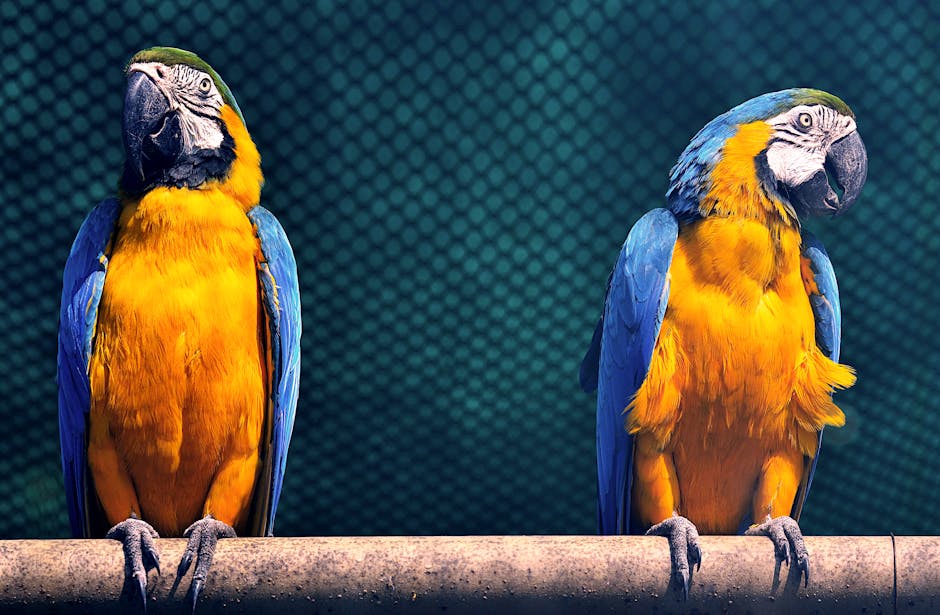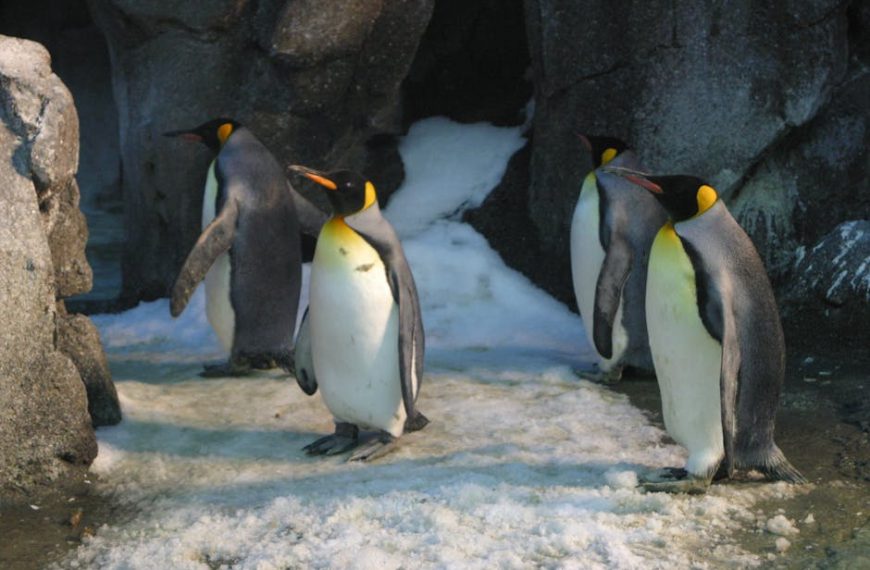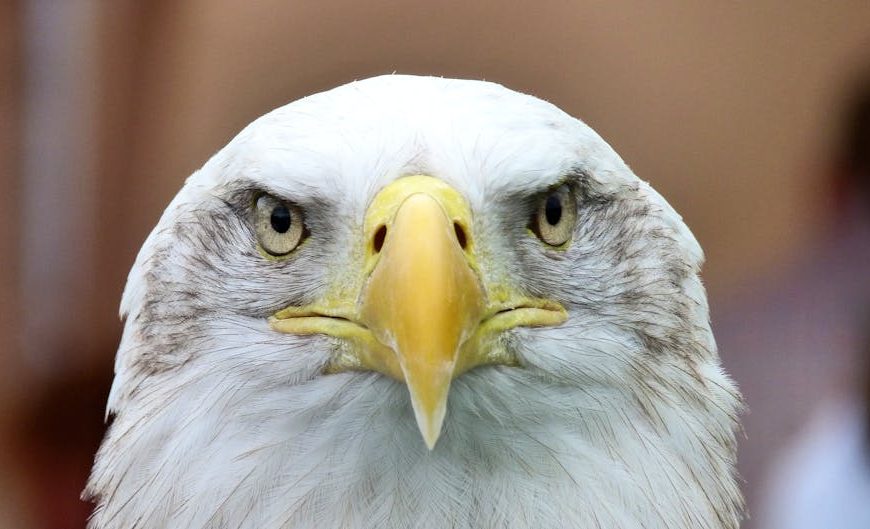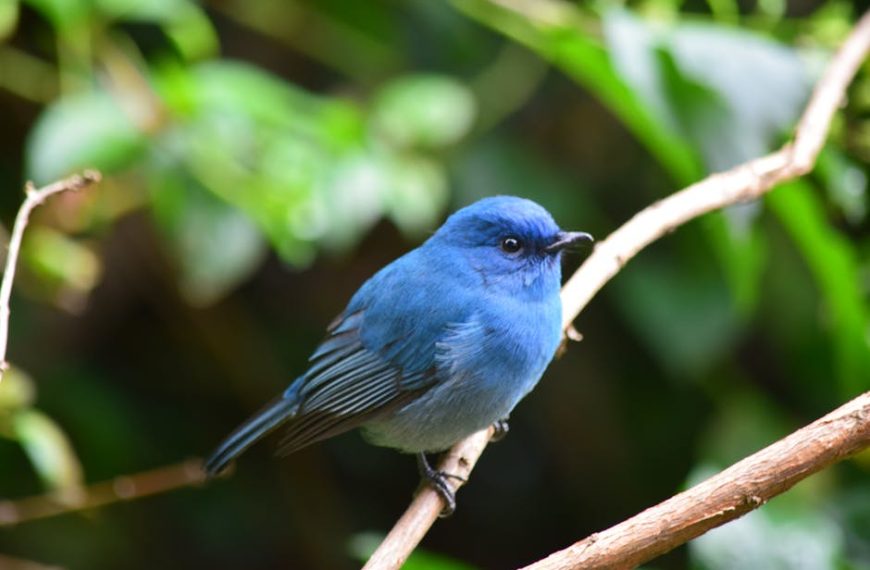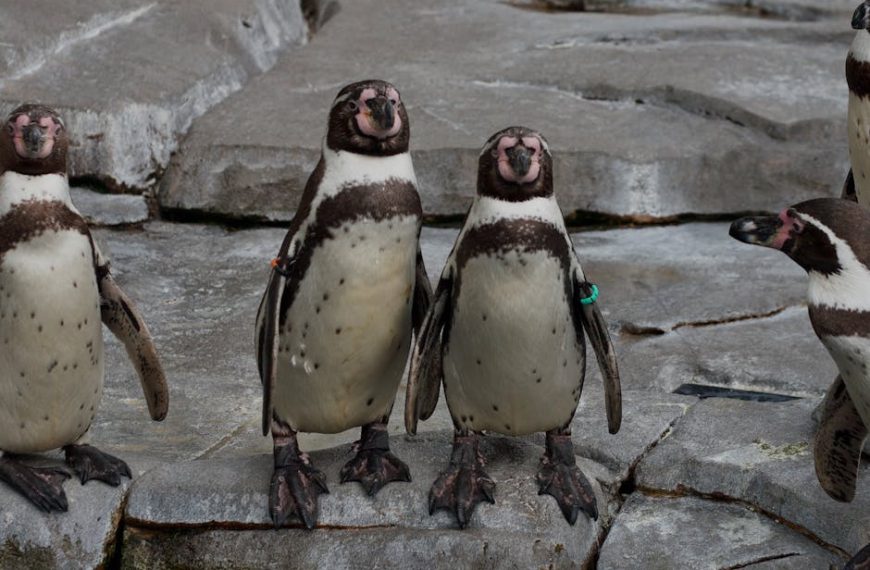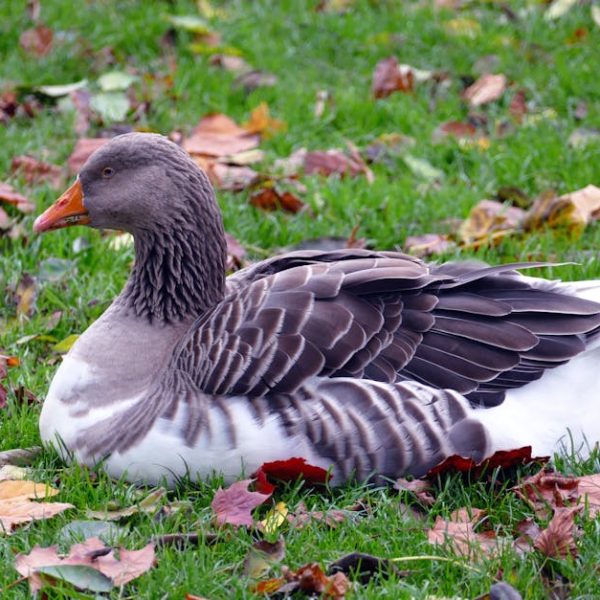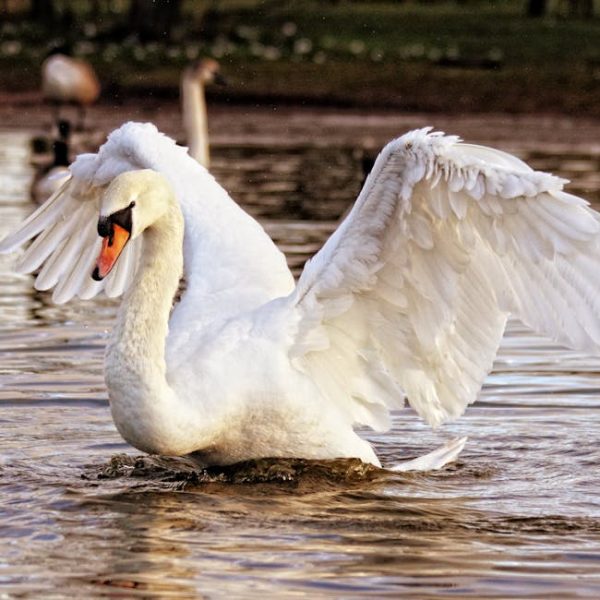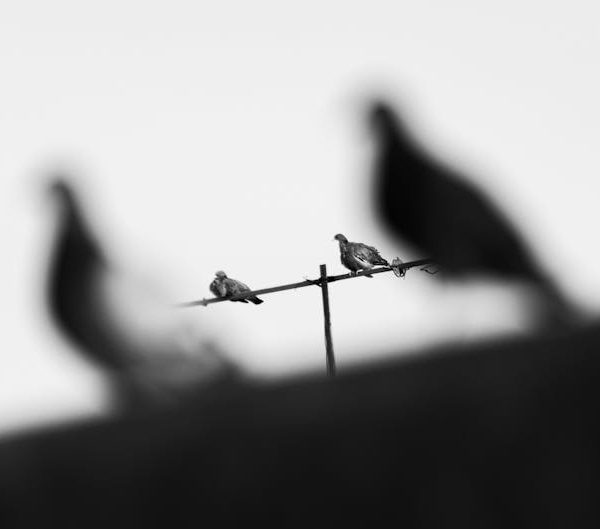Bird enthusiasts and aviary keepers often find inner peace in the chirps and songs from their feathered friends. However, not everyone shares a preference for the vocal variety. Sometimes, you crave the serenity of a quieter aviary, one filled with species known for their mellow demeanor. Demystifying the kingdom of these hushed birds is a journey in itself and identifying the quietest bird species, understanding their habits, and embedding those into your aviary management can drastically increase tranquility.
Understanding the Nature of Quiet Bird Species
Just like humans, birds too have a range of natural dispositions – some are highly vocal, some revel in their tranquil demeanor. Various factors weigh in on these behavioral differences. For instance, birds dependent on dense forests for survival, like Pigeons and Doves, tend to be quieter to avoid attention from predators. Conversely, birds from open habitats often have a louder voice to communicate over large distances.
Some categories of quieter birds include canaries, finches, or doves. Embracing these varieties can significantly subdue the noise in your aviary. It’s important to keep in mind, however, regardless of the inherently quiet nature, environmental changes can impact a bird’s noise levels.
Pro Tip: Ensuring a relatively stable environment, providing sufficient space, and maintaining a balanced diet can go a long way in helping these birds maintain their tranquility.
Top Quiet Bird Species Ideal for a Peaceful Aviary
Among the best-suited bird species for a serene aviary, we have canaries, finches, and doves. Not only are these birds quieter, but they subtly enhance your aviary with their understated aesthetics. When choosing the right bird, consider longevity, dietary needs, and social habits.
| Bird | Lifespan | Dietary Needs | Social Habits |
|---|---|---|---|
| Canary | 10-14 years | Seeds, fresh fruits, vegetables | Independent |
| Finch | 5-9 years | Seeds, insects | Social, prefers groups |
| Dove | 10-20 years | Seeds, fruits, grains | Social, enjoys companionship |
Crucially, the choice needs to match your aviary environment and the presence, if any, of other bird species.
Taking Care of Quiet Bird Species
When it comes to caretaking, quiet bird species require conscientious attention. Establishing a regular feeding schedule, maintaining clean habitats, and catering to their socialization needs ensures the well-being of your feathered friends. Even though these birds naturally require a serene environment, undue stress or neglect can invite unfavorable behaviors, including discomfort-induced elevation in noise levels.
Best Practices: Regularly monitor your birds’ behavior, keep the aviary clean, maintain humidity and temperature, and offer a balanced diet to help preserve their peaceful demeanor. Careful handling and interaction with these birds also foster a calm environment.
Early mistakes in bird care can sometimes lead to long-term behavior issues. Knowing these pitfalls before embarking on your aviary journey can save you a bundle of potential hassles. Avoid sudden and frequent changes in the environment, loud noises, overcrowded aviary, and inconsistency in feeding schedules to keep your quiet birds well-disposed.
With foundational insights covered, we’ll move onto discussing how to create a peaceful environment for your quiet bird species. We will also broach the benefits of having quiet bird species in your aviary and provide strategies to integrate these birds with other species for an optimal low-noise environment. This holistic understanding will unlock the potential of maintaining a peaceful aviary, filled with the subdued chirps and coos of the quietest bird species.
Creating a Peaceful Environment for your Quiet Bird Species
Creating a serene and calming environment is vital to maintain a peaceful aviary, especially for accommodating quieter bird species. The design and maintenance have a direct impact on these birds’ well-being and, consequently, their noise levels. Organizations like the American Society for the Prevention of Cruelty to Animals (ASPCA) offer guidelines to help ensure that the aviary provides your birds with a comfortable home.
Checklist for a Tranquil Aviary:
- Cage Size: Ensure the cage is spacious enough for your birds to fly about freely, fulfilling their daily exercises needs.
- Location: Position the cage in a quiet, undisturbed area in your house, away from drafts and direct sunlight.
- Cleaning: Regularly clean food and water dishes, replace cage liners, and conduct periodic ‘deep cleans.’
- Decoration: Create a stimulating environment with toys and perches for the birds to keep them entertained and happy.
Pro Tip: Invest in a decibel meter to monitor noise levels in your aviary. Maintaining a consistently low decibel level keeps your quiet bird species stress-free and content.
Optimizing Your Aviary with Quiet Bird Species
Having quiet bird species as part of your aviary comes with a peaceful charm. It not only lowers the overall sound levels but also makes the caretaking more manageable. These silent friends tend to be unassuming and allow for better bird interactions. Integrating them with other species can result in a harmonious and balanced aviary environment.
Here are some strategies to guide you through the integration process:
- Gradual Integration: Never rush introducing new birds to your aviary; observe their behaviors and interactions with each other.
- Proper Supervision: Oversee initial interactions to spot potential conflicts right away and intervene if necessary.
- Calculate Space: Ensure your aviary has enough space to prevent overcrowding, which promotes harmony among your feathered friends.
Finally, let’s compare what it’s like to maintain aviaries with quiet bird species versus noisy bird species.
| Aviary Criteria | With Quiet Bird Species | With Noisy Bird Species |
|---|---|---|
| Sound Levels | Low, peaceful sounds | Loud, potentially disruptive |
| Caretaking | Easier management, less stress-induced behavior | May require more attention and care due to louder nature |
| Bird Interactions | Smoother, less dominance displays | Potential for conflicts or disruption due to loud calls |
In conclusion, keeping an aviary filled with quiet bird species can be a delightful and calming experience. It requires thoughtful management, careful integration, and a peaceful environment for your birds. The charming tweets and coos of these quiet bird species invite calmness and tranquility into your daily life. Beginning your aviary journey with these quiet bird species can indeed pave the way to inner peace and happiness.
Key Takeaway:
- Quieter bird species like canaries, finches, and doves can significantly reduce noise in an aviary.
- Environmental factors like sufficient space, balanced diet, and stable conditions can help maintain their tranquility.
- Each quiet bird species requires different care, considering factors such as longevity, dietary needs, and social habits.
- Establishing a regular feeding schedule, maintaining clean habitats, monitoring behavior, and ensuring the aviary is spacious and peaceful, contribute to the well-being of these birds.
- Quiet bird species, when integrated properly and gradually, can cohabitate harmoniously with other birds in an aviary.
Ensuring a serene environment for birds, much like creating a safe and loving home for any pet, can be an immensely rewarding endeavor. Quiet bird species, though different in their needs and characteristics, can thrive splendidly in a well-maintained peaceful aviary. Remember, every effort you put in cultivating this tranquility not only enhances your birds’ lives but gifts your living space an unmatched serene aura. Embrace this journey towards avian serenity, integrating calming chirps and coos into your daily life.
FAQs
Q: How can I introduce quiet bird species into an existing noisy aviary?
A: The introduction should be gradual. Begin by placing their cage near the aviary and observe the interaction. Over time, you can allow the new birds to mingle provided there’s no sign of conflict.
Q: What is the consideration in feeding quiet bird species?
A: Just like any bird species, quiet birds have unique dietary needs. For example, canaries thrive on seeds, fresh fruits, and vegetables, whereas finches need a diet of seeds and insects.
Q: Is it okay to house different quiet bird species together?
A: Many quiet bird species can coexist peacefully, but truthfully, this depends on the species involved. Always research and consult with a bird specialist before housing different species together.
Q: How often should I clean my quiet bird’s cage?
A: Regular cleaning is essential for maintaining a tranquil environment. You should replace cage liners and clean the food and water dishes daily, while conducting deep cleans periodically.
Q: Can quiet birds become noisy?
A: Despite their naturally quiet nature, environmental changes such as sudden temperature fluctuation or poor diet can cause these birds to become noisier. Regular monitoring and balanced caretaking will keep their noise levels in check.
We hope this article has been insightful and encourages you to explore the peaceful path of quiet bird species in your aviary. Share this piece with fellow bird enthusiasts and continue discovering more posts on the tranquility of aviary keeping on our website.
